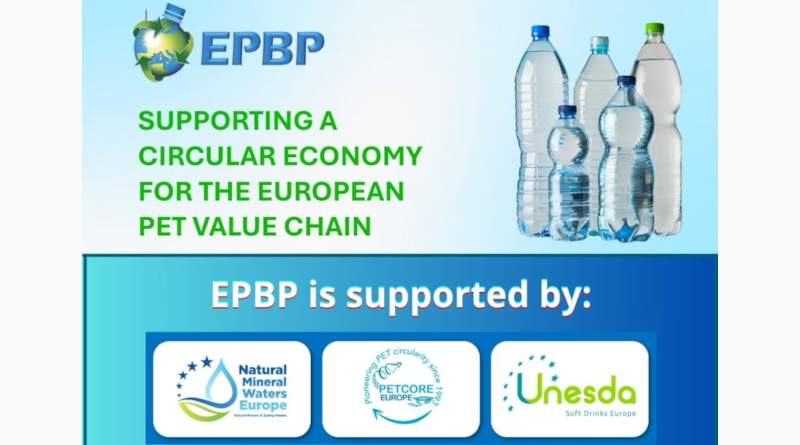04 November 2025

The European PET Bottle Platform, which is an industry initiative devoted to promoting the circular economy in the PET bottle value chain, has introduced its Circularity Test Protocol, a groundbreaking tool that aims to achieve multiple recycling loops throughout the R&D phase. EPBP already has its Design for Recyclability Test Protocol, an instrument that brings it into line with the EU’s (PPWR). The Circularity Test Protocol can be seen as the next development towards true circularity.
EPBP strategies to initially delivery both test procedures to candidates looking for recyclability or circularity assessment. EPBP expressed that it will cooperate with applicable stakeholders to establish a transition period for the newly developed PET Circularity Protocol and its related design strategies. This transition period will allow the industry to prepare for the new design-for-circularity strategies. These are to be introduced by EPBP in the near future.
During this evolution period, applicants may choose whether to authenticate their packaging innovations based on either the recyclability or circularity protocols. However, EPBP strongly encourages applicants to begin adopting the circularity protocol. Inventions successfully validated under the recyclability procedure may face challenges when reconsidered against the circularity protocol, focusing on the importance of early adoption.
EPBP has played an important role in providing design-for-recycling (DfR) rules and evaluating innovative PET bottle packing solutions based on the PET Recyclability Test Protocol to guarantee the production of high-quality recycled PET (rPET).
EPBP is a liaison organisation with the Technical Committee on Packing within the European Committee for Standardisation (CEN). EPBP will originally provide both test procedures to applicants looking for a recyclability or circularity calculation. EPBP will cooperate with relevant shareholders to establish a transition period for the newly established PET Circularity Protocol and its associated design guidelines. This changeover period will allow the industry to prepare for the new design-for-circularity guidelines.
04 November 2025
04 November 2025
04 November 2025
04 November 2025